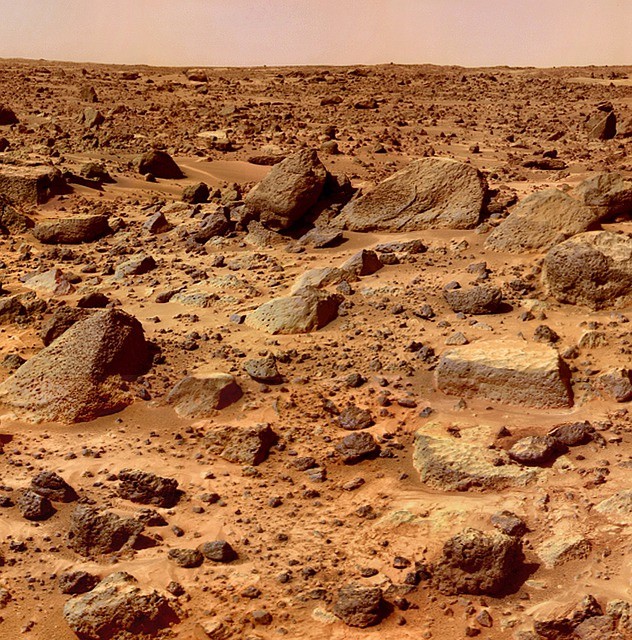
Japanese researchers have developed plans for a new space habitat that is equipped with artificial gravity that would allow astronauts to live much easier in other cosmic bodies, such as the moon.
Several experts from Kyoto University joined forces with contractor Kajima Corp., to develop gravity-defying habitats that are required for use on the moon and Mars, complete with their own transportation system.
Artificial Gravity Space Habitats
The director of the SIC Human Spaceology Center of Kyoto University, Yosuke Yamashiki, said during a July 5 news conference at the university that there is no plan similar to theirs in other countries' space development plans.
He noted that the space habitat idea represents important technologies that are crucial to ensuring human beings will be able to move to space in the future. The research team believes that gravity is absolutely essential to the well-being of future space dwellers.
In a press statement, the team explained that without gravity, mammals might not be able to reproduce and their babies might not develop well. They added that when a person grows under a zero or low gravity environment, their bodies would change so that they would not be able to stand up on Earth, as per Interesting Engineering.
A project associate professor with the center and a senior researcher at Kajima, Takuya Ono, added that as the idea of living in space becomes more realistic, the problem with the low gravity is an issue that humanity must overcome. He added that the team was committed to achieving the plan so that it would become useful for human beings in the future.
Read Also: Fast-Moving Star Speeding at 18 Million MPH Circles Around Milky Way's Black Hole in Just 4 Years
The team released video footage of how they were able to achieve such a feat and shows them taking advantage of centrifugal force that is created by rotational motions. The recordings showed habitats built perpendicularly and set in an orb that likely turns at very high speeds.
According to Mashable, the researchers called the massive 1,300-foot-tall rotating structure "The Glass." Despite the potential breakthrough of the idea, plans to build the massive structure will take close to roughly 100 years to complete, although a simplified version of the structure could be on the moon by 2050.
Exploring Space
The research team seeks to build two separate facilities called "Lunar Glass" for the moon and "Mars Glass" for Mars. The idea, said the researchers, is as space tourism starts to become more commonplace, there must be ways to "reduce the impact on the health of people living on the moon or Mars that could be caused by low gravity."
Furthermore, the team also aims to design what they call a "hexagon space track system," a public transportation system that connects Earth, the moon, and Mars. In a future where human beings move between humankind's home planet and other colonies, a transportation system will also require artificial gravity and a method for shielding such structures from cosmic radiation.
Yamashiki said that the research was presenting "completely original ideas" and added that scientists will focus on recreating an Earthlike biological system under artificial gravity, the Japan Times reported.
Related Article:
Biggest Black Holes Formed From Cold Gas Left by Unimaginably Immense Galactic Space Gobblers








